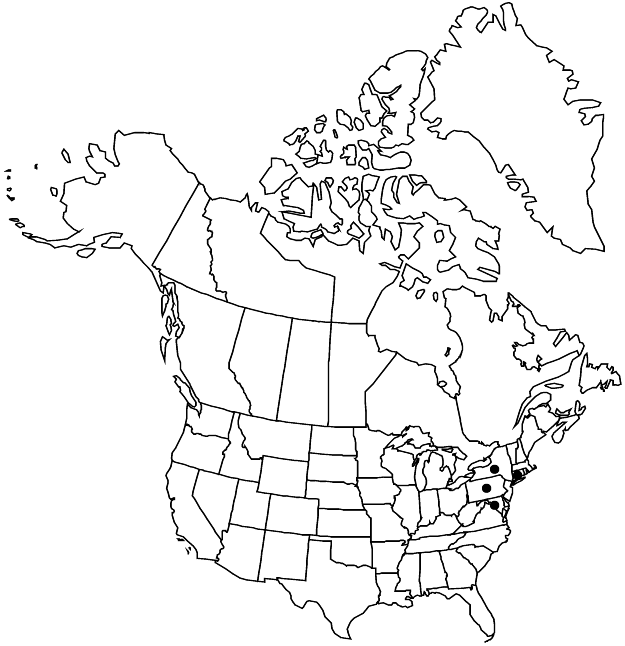Symplocos paniculata
Ann. Mus. Bot. Lugduno-Batavi 3: 102. 1867 ,.
Shrubs or trees, deciduous, 1–10 m. Bark gray on ridges and dark in fissures. Branches spreading; branchlets gray or brown, often purplish. Winter buds 0.5–3 mm; scales orbiculate, proximally glabrous, distally sericeous. Leaves: petiole 3–9 mm; blade ovate to obovate, usually slightly rhombic, 3.8–8.9 × 1.9–5.2 cm, membranous to chartaceous, base broadly cuneate to rounded or subcordate, margins closely serrate, serrulate, or dentate, surfaces abaxially light green, glabrous or pubescent, adaxially dark green, glabrous or pubescent, midvein impressed adaxially. Inflorescences usually internodal panicles, usually from branchlets of current year, sometimes from leaf axils of previous year, 4–20-flowered, often reduced proximally along branchlet to 2–5-flowered inflorescences or solitary flowers. Flowers not enclosed in bud by scales, appearing with leaves; corolla white [yellow], lobes 2.5–5 mm; anthers yellow; ovary incompletely 2-locular; ovules 4 per carpel; disc glabrous or hairy; style 2–4 mm. Drupes bright blue to bluish black, ovoid or globose, 3–8 mm, glabrous or hairy. Seeds reniform. 2n = 22.
Phenology: Flowering spring; fruiting summer–early fall.
Habitat: Disturbed and native forests and flood plains
Elevation: 0-300 m
Distribution

Conn., D.C., N.Y., Pa., Asia (Bhutan, China, Himalayan India, Japan, Laos, Myanmar, Nepal, South Korea, Taiwan, Vietnam).
Discussion
The eastern Asian ornamental species Symplocos paniculata has become locally naturalized in the eastern United States (A. F. Rhoads and T. A. Block 2000; A. T. Whittemore 2003).
Phylogenetic evidence supports Symplocos paniculata as the sole representative of subg. Palura (G. Don) P. W. Fritsch, the first diverging clade within Symplocos (Wang Y. et al. 2004; P. W. Fritsch et al. 2006, 2008). Its internodal inflorescences are unique in the genus.
Selected References
None.